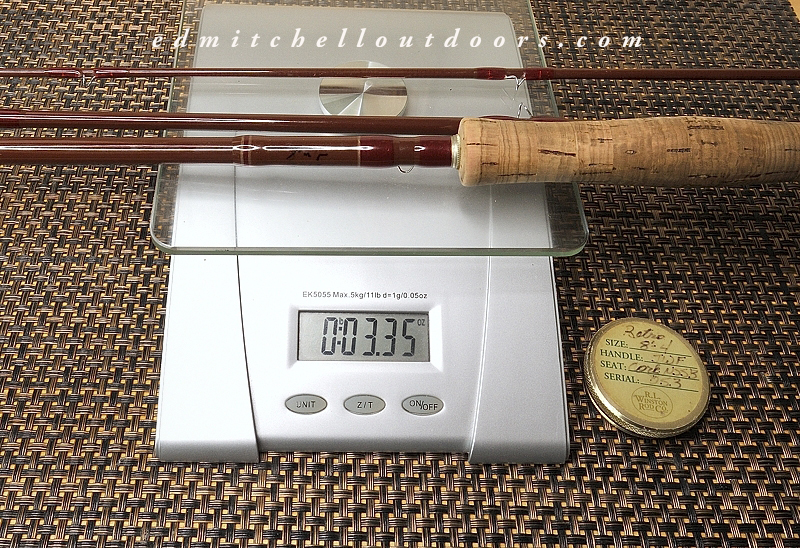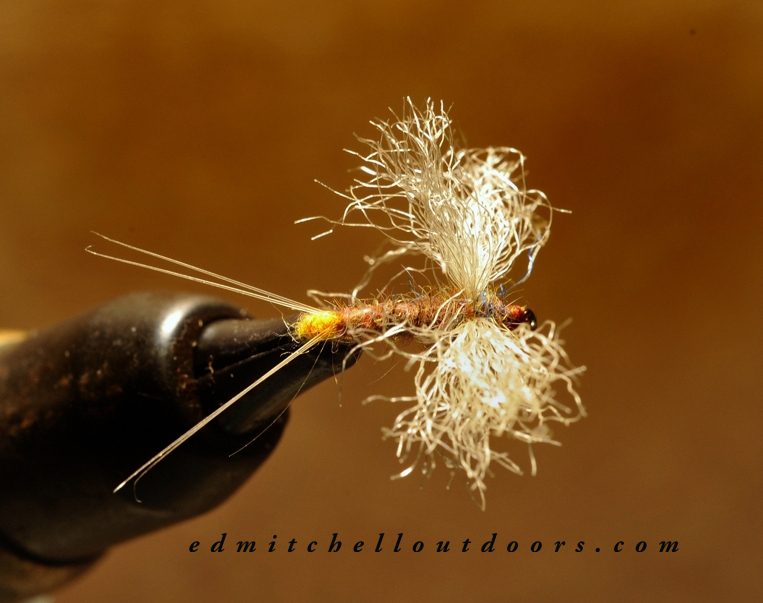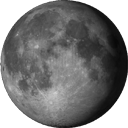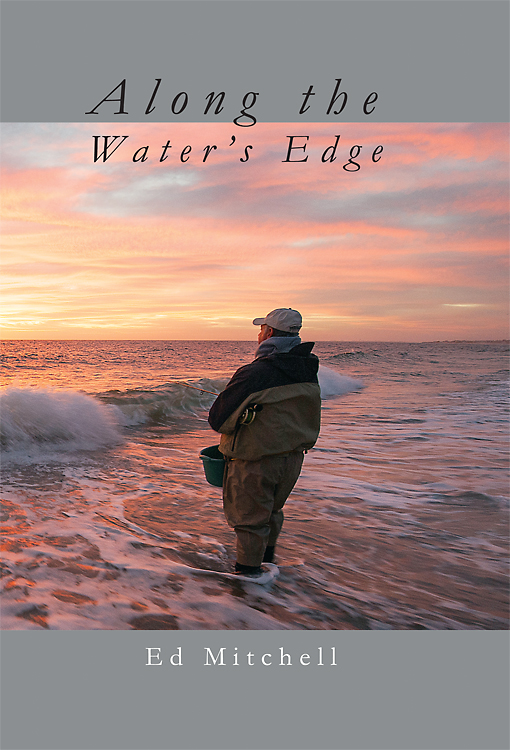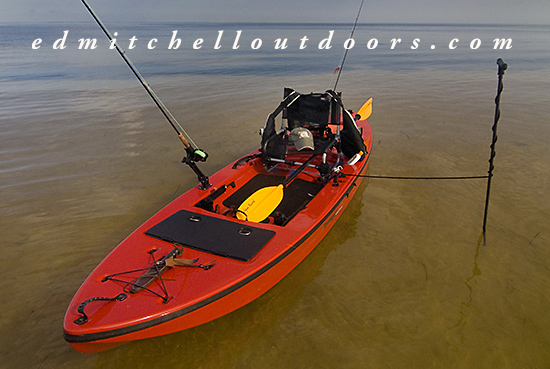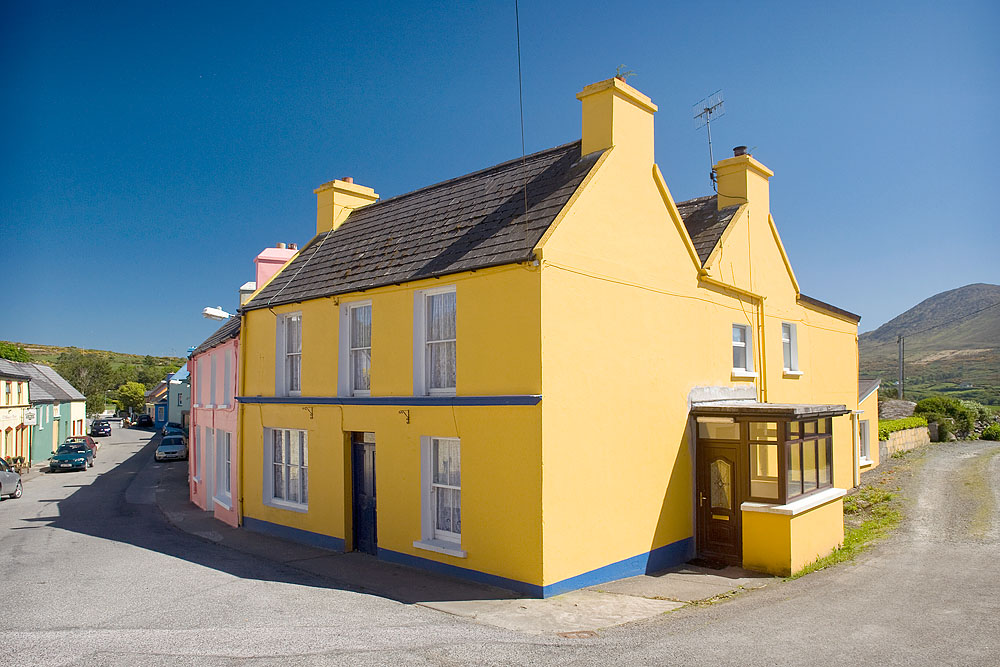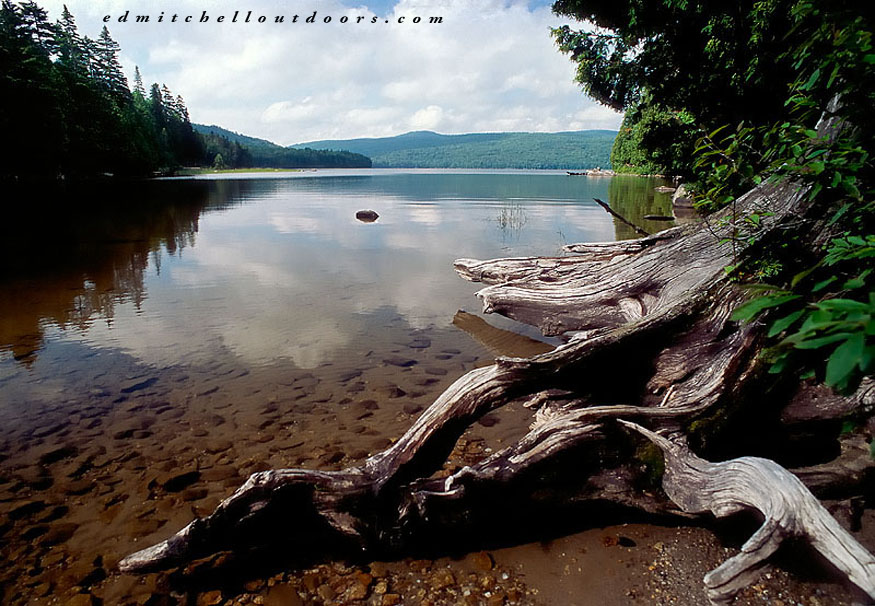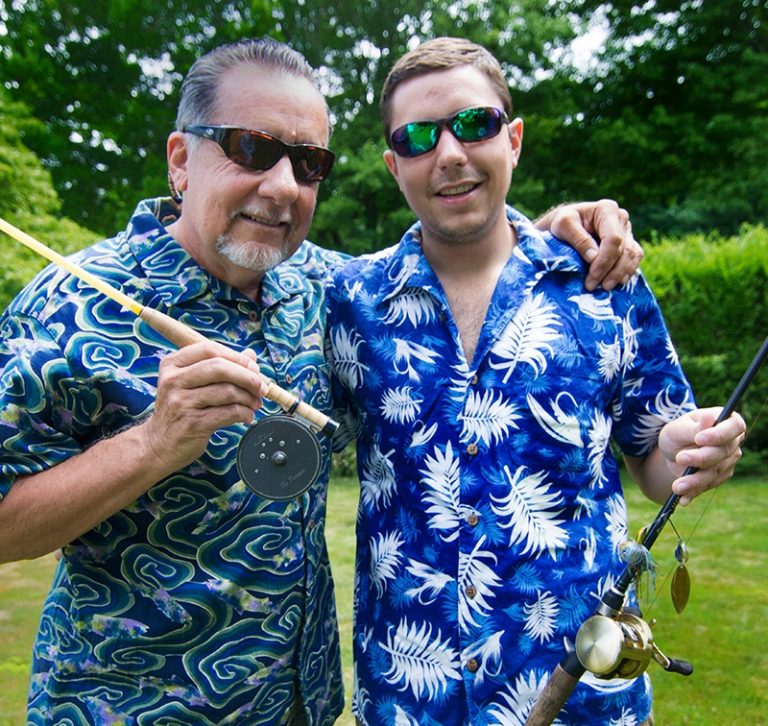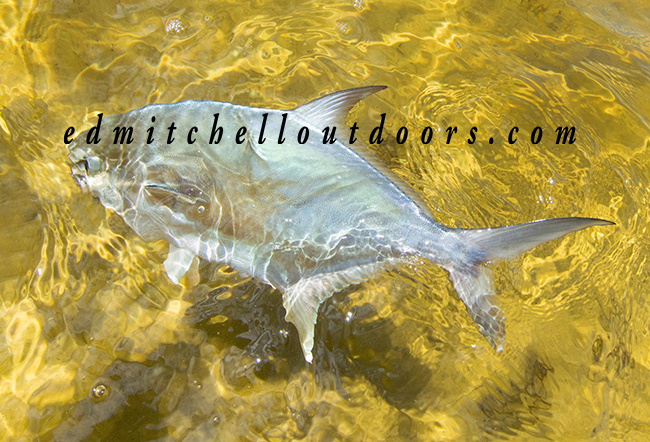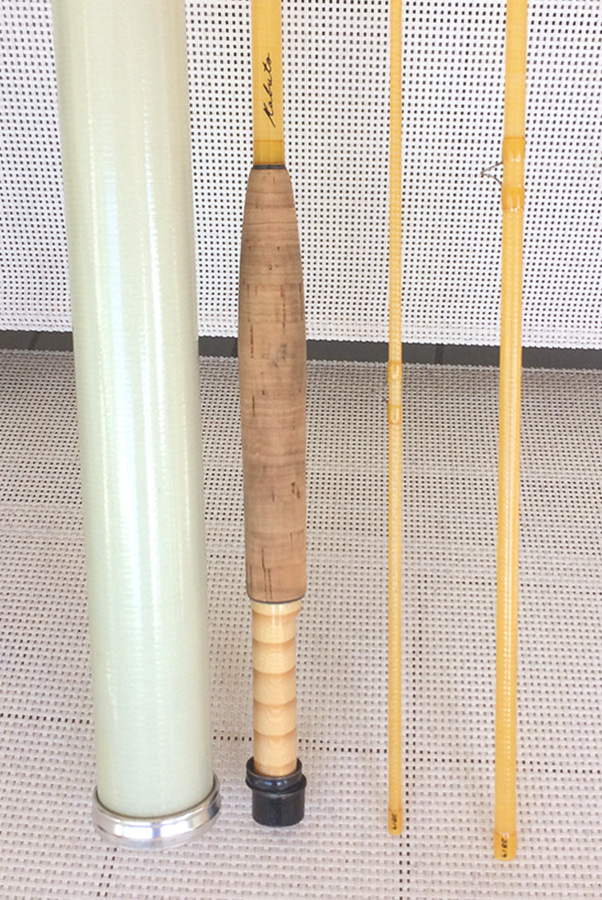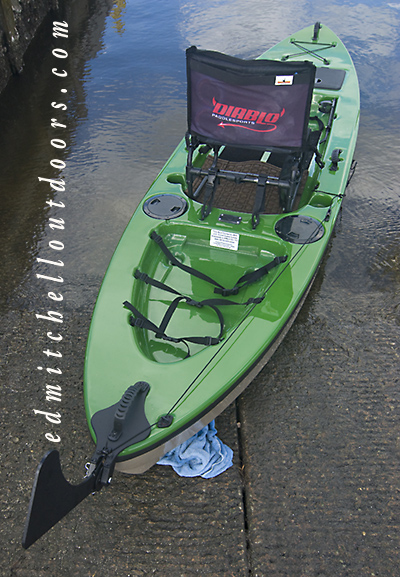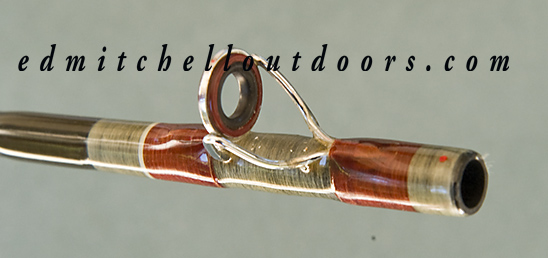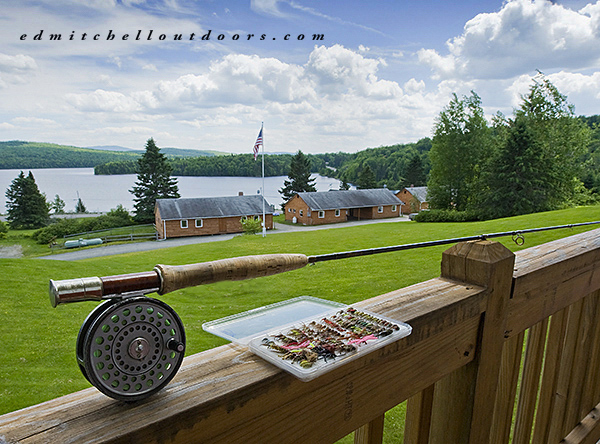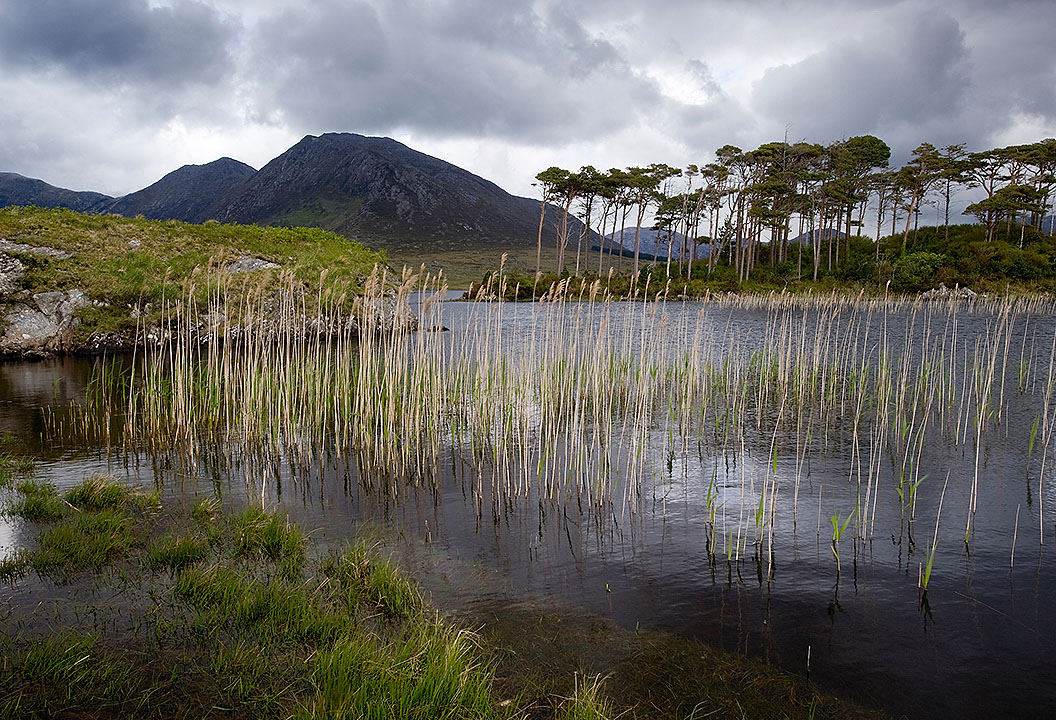The Hendricksons are Here!
Yes, the Hendricksons are on the Farmington River. In fact they started showing up in the Collinsville stretch about 10 days ago. Then two cold days last week shut the hatch down. So weather has been a factor. It always is. And timing the hatch hasn’t been easy. Sometime it came off at 1:30 pm and ended by 3pm. Other days it didn’t start until 3pm? And get this. Oddly enough, on Monday myself and many others didn’t fish because of sustained 2o mph winds. Turned out that was the day of the most intense hatch so far. Go figure.
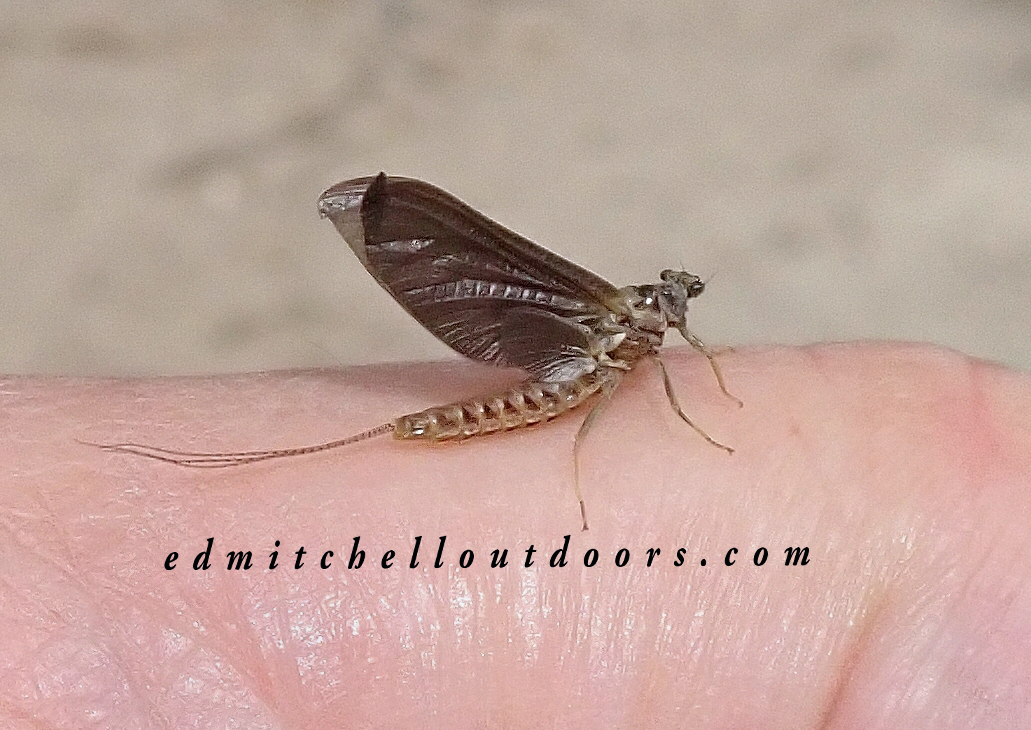
Male Hendrickson Dun on the Farmington River
Yesterday, in the first pool we tried, no signs of the hatch? Damn. Same thing happened to me on Tuesday. So took a gamble and went much farther upstream. Farther then we thought the hatch had likely progressed. Paid off. The duns came off about 2:40 pm in the head of the pool. Bingo I got my first trout of the year on a dry. Making it even more fun, I was using my Winston Retro Rod. Gotta love it.
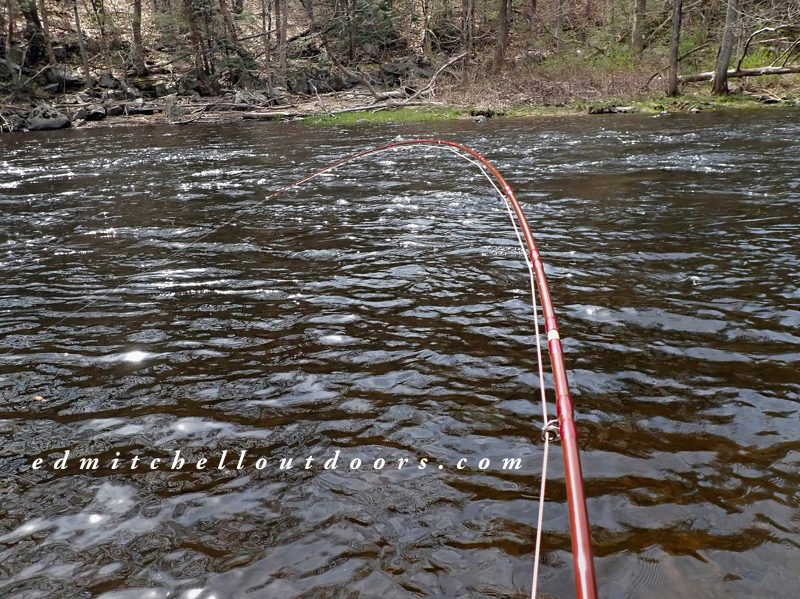
Winston Retro Rod in Action
Caught a couple of fish, the biggest being a brown trout of near 15″. It slammed a Hendrickson ‘Comparadun” and put up quite a scrap on the “glass” 4wt. Had my old Hardy princess singing a tune too. Unfortunately the hatch only last about 35 minutes. After that the action tapered right off. Oh well that’s fishing folks. As Mick Jagger said ” You can’t always get what you want.” More Hendrickson hatch here. The Klinkhammer here. And more hatch info.
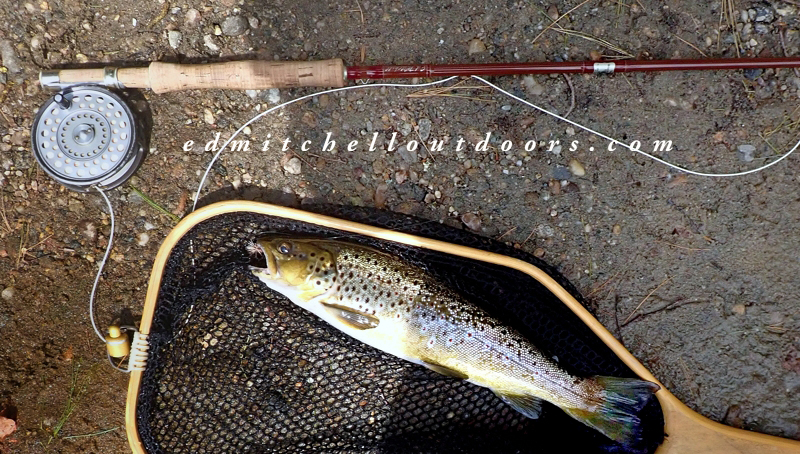
Winston Retro Rod with Trout







